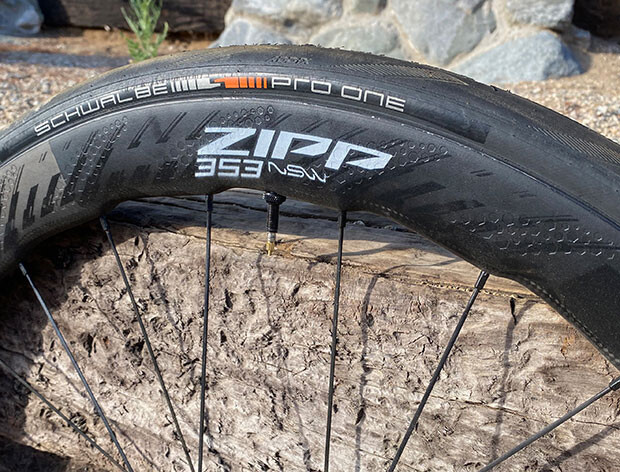I have a pair of Zipp 303S hookless rims on my road bike that I run with 28mm tires. I’m about 182 lbs (82 kg) so my ideal pressure is around the 70 PSI mark depending on the calculator. That’s below the 73 PSI “cutoff” so all good.
I’m now in the market for a set of race wheels for the TT rig. I’m strongly considering the new Zipp 404 Firecrest, which are also hookless, with a 23mm internal width and ~28mm external width. Since the main point here is aero, I’d want to run 25mm tires. Zipp recommends 25s unless you’re over 180 lbs, so it’s clearly the best aero solution.
Now my conundrum is that for a 25mm hookless tire, at my weight (plus some extra frame and water baggage) my optimal pressure is closer to 80 PSI than 70. This puts me over the 73 PSI limit. So the real question is, how much is that 73 PSI number just “covering their ass”? I’ve surely pumped my 303S over that 73 PSI limit a bit when in a rush with no issues. Obviously it’s not a binary answer, but at slightly higher pressures, is there a real danger here? I’m guessing this is where the tire becomes an important piece of the puzzle. I would only consider new, hookless-compatible, tubeless tires. My likely choice would be a 25mm Conti 5000 S TR.
So, ST, is it completely irresponsible to run anything hookless in the 80 PSI range?
Side note, it would be nice if aero wheel manufacturers optimized for 28mm tires if they go hookless.

